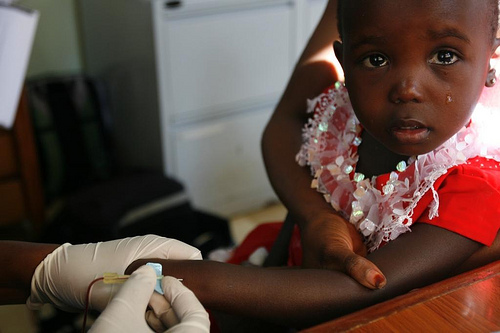
Malaria Overview
Malaria is an infection passed from person to person by mosquito bites. Every year, the World Health Organization tells us, between 300 and 500 million people worldwide are infected with the disease, and every year between 1 and 3 million people, most of them children in sub-Saharan Africa, die of the infection. People who live outside the tropics seldom come down with malaria, but in recent years between 1,000 and 2,000 people in the USA and Europe each year come down with "airport malaria," transmitted by mosquitos arriving to their countries on airplane flights. Malaria also strikes 25,000 to 30,000 returning tourists who did not take appropriate precaustions against the disease.
- Important notification about information and brand names used in this slideshow!
- Photo courtesy of Gates Foundation by Flickr : www.flickr.com/photos/gatesfoundation/5076533038/
- www.emedicinehealth.com/malaria/article_em.htm
- http://kidshealth.org/parent/infections/parasitic/malaria.html
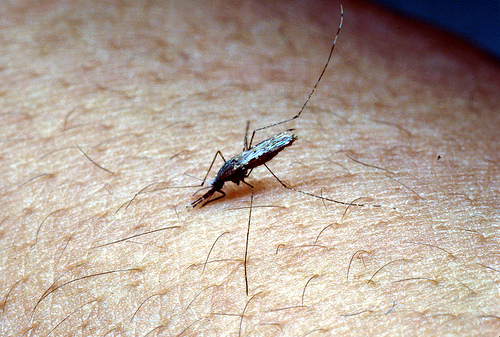
Mosquito Transmission
Malaria is caused by five different species of mosquito-born parasites, Plasmodium falciparum, Plasmodium vivax, Plasmodium ovale, Plasmodium malariae, and Plasmodium knowlesi. Having a doctor to determine which kind of malaria is causing an infection is essential, because Plasmodium falciparum that is not treated with the right medications can become rapidly fatal. The Plasmodium parasite is transmitted from the saliva of a mosquito to the bloodstream and travels to the liver in minutes. In the liver, it finds red blood cells in which to reproduce itself, its offspring breaking out of the red blood cell, killing it, and infecting more and more of the bloodstream.
- Important notification about information and brand names used in this slideshow!
- Photo courtesy of AFPMB by Flickr : www.flickr.com/photos/afpmb/4604203110/
- Marchand RP, Culleton R, Maeno Y, Quang NT, Nakazawa S. Co-infections of Plasmodium knowlesi, P. falciparum, and P. vivax among Humans and Anopheles dirus Mosquitoes, Southern Vietnam. Emerg Infect Dis. Jul 2011. 17(7):1232-9.
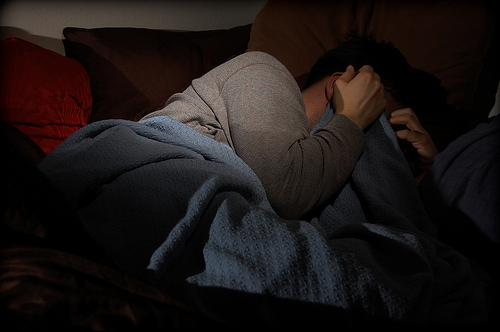
Symptoms
How would you know that the "bug" you picked up on your tropical vacation was malaria? Fortunately, there is a very characteristic and nearly unique sequence of symptoms that are a sign you need to see your doctor. Several weeks after a bite from a malarial mosquito, the parasite begins to reproduce in the bloodstream. Just before every "hatching," there are chills and shakes followed by fever. The chills and fever are "tidal," that is, they come and go on a regular schedule, typically every 48 to 72 hours. There can also be liver symptoms, such as the yellowing of the skin and eyes known as jaundice, general aches and pains, and severe fatigue. "Tidal fever," however, is the hallmark symptom of the disease.
- Important notification about information and brand names used in this slideshow!
- Photo courtesy of Ryan Hyde by Flickr : www.flickr.com/photos/breatheindigital/4369627924/
- Perez-Jorge EV. Emedicine:Malaria, http://emedicine.medscape.com/article/221134-overview, Accessed 22 August 2013.
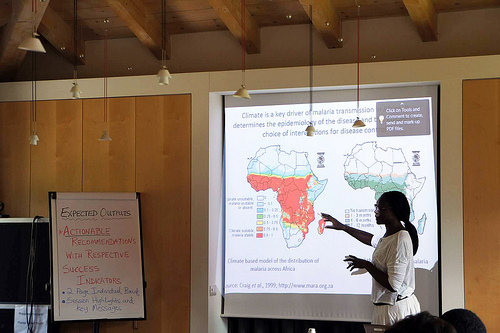
Where Are The Highest Rates Of Malaria Infection?
The most deadly form of malaria, caused by the parasite Plasmodium falciparum, is most common in tropical Africa south of the Sahara Desert. Although mosquitoes that transmit malaria do not also transmit HIV, many people in tropical Africa are infected with both diseases, making symptoms far more often fatal. Throughout tropical Africa, the Amazon basin, and Southeast Asia, there are mosquitoes that carry strains of malaria that are chloroquine-resistant, that cannot be treated with the drug most commonly prescribed for the disease. Most of India, Pakistan, and areas around the Arabian Sea are affected by malaria, but typically this malaria is more easily treated. Outside the tropics, about 30,000 people per year come down with malaria, usually after a visit to the tropics.
- Important notification about information and brand names used in this slideshow!
- Photo courtesy of livestockcrsp by Flickr : www.flickr.com/photos/78647519@N06/7980272502/
- McGready R, Lee S, Wiladphaingern J, Ashley E, Rijken M, Boel M, et al. Adverse effects of falciparum and vivax malaria and the safety of antimalarial treatment in early pregnancy: a population-based study. Lancet Infect Dis. Dec 12 2011.
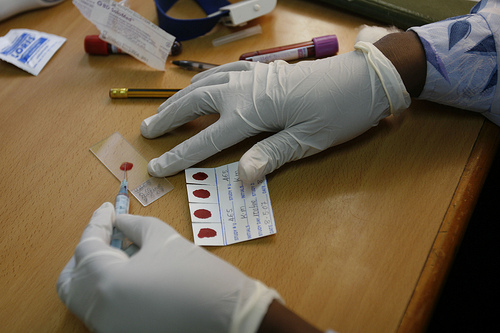
Diagnosing Malaria
Although malaria causes a characteristic "tidal fever" with chills and shakes followed by fever about every 48 to 72 hours, there are other symptoms of malaria that can be confused with other diseases. The doctor will rule out trypanosomiasis, which is also known as sleeping fever, brucellosis, cholera, enteric fever, plague, Q fever, dengue fever, meningitis, encephalitis, giardiasis, certain kinds of bacterial pneumonia, yellow fever, typhoid fever, and toxic shock syndrome. It usually is not helpful to look at the patient's blood under the microscope to try to identify the malarial parasite, since most of the time the parasite lives inside red blood cells rather than in the bloodstream itself. There are some rapid diagnostic tests that can be done if the patient is admitted to the hospital.
- Important notification about information and brand names used in this slideshow!
- Photo courtesy of Gates Foundation by Flickr : www.flickr.com/photos/gatesfoundation/5644198651/
- de Oliveira AM, Skarbinski J, Ouma PO, Kariuki S, Barnwell JW, Otieno K, et al. Performance of malaria rapid diagnostic tests as part of routine malaria case management in Kenya. Am J Trop Med Hyg. Mar 2009.80(3):470-4.
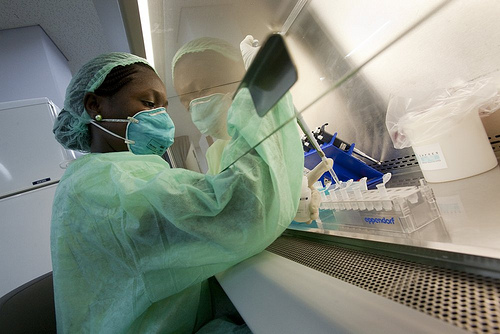
New Treatments To Fight Malaria
MicroSoft billionaire Bill Gates has devoted part of his fortune to finding a cure for malaria. The Bill and Melinda Gates Foundation has funded research into new diagnostic tools (current tools failing to detect the disease except when it produces severe symptoms), prevention, education, and possibly a new anti-malaria vaccine. Interestingly, the Gates Foundation has invested considerable resources in herbal medicine, in breeding highly productive artemesia plants that concentrate the plant chemicals need to fight the disease. They have funded research into building sugar-baited traps for mosquitoes, and longer-lasting indoor sprays that kill the mosquitoes that otherwise would spread the infection to people while they sleep. Over the last 10 years, from 2003 to 2013, spending on malaria prevention has increased 600%, from $300 million per year in 2003 to $2 billion per year in 2013.
- Important notification about information and brand names used in this slideshow!
- Photo courtesy of Gates Foundation by Flickr : www.flickr.com/photos/gatesfoundation/4774363559/
- Bill and Melnda Gates Foundation, What We Do, http://www.gatesfoundation.org/What-We-Do/Global-Health/Malaria, accessed 19 August 2013.
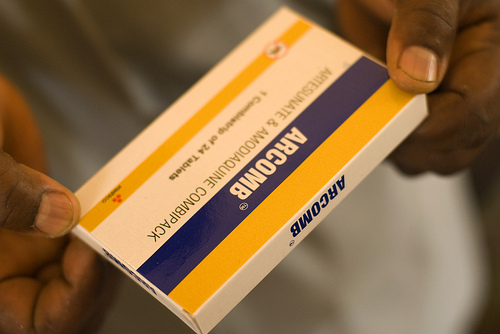
Medication For Malaria Symptoms
It is extremely important not to rely on medications bought over the Internet for treatment of malaria. Often these medications don't contain any active ingredients at all, or they don't contain the right ingredients to fight the more aggressive strains of the disease. The medicines used to treat the underlying condition are all prescription-only. However, over the counter pain relievers such as Tylenol may make management of joint and muscle aches easier, and slightly reduce fever. The strains of malaria found in Southeast Asia are especially likely to be resistant to the drug artemesin; teas and tablets made with the Chinese herb artemesia (ching-hao) unfortunately will not do any good against these strains.
- Important notification about information and brand names used in this slideshow!
- Photo courtesy of World Bank Photo Collection by Flickr : www.flickr.com/photos/worldbank/7826321350/
- Amaratunga C, Sreng S, Suon S, et al. Artemisinin-resistant Plasmodium falciparum in Pursat province, western Cambodia: a parasite clearance rate study. Lancet Infect Dis. Nov 2012.12(11):851-8.
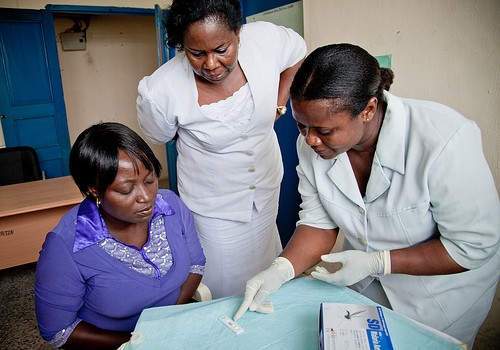
Treating Malaria
There are no do-it-yourself treatments for malaria that reliably control the disease, not even artemesia teas often mentioned in the literature of alternative medicine. Treatment for malaria requires medications, and typically these medications have to be administred by intravenous line. The drugs most often used to treat the disease are quinidine (originally an herbal preparation, taken from the chincoa tree's bark) and artesunate. These drugs may not be readily available in the United States. In treating the more often deadly, Plasmodium falciparum form of the disease, quinidine used by itself typically is not sufficient. A combination of drugs is usually necessary to keep the condition under control.
- Important notification about information and brand names used in this slideshow!
- Photo courtesy of IFRC by Flickr : www.flickr.com/photos/ifrc/7108992047/
- Othoro C, Johnston D, Lee R, Soverow J, Bystryn JC, Nardin E. Enhanced immunogenicity of Plasmodium falciparum peptide vaccines using a topical adjuvant containing a potent synthetic Toll-like receptor 7 agonist, imiquimod. Infect Immun. Feb 2009.77(2):739-48.
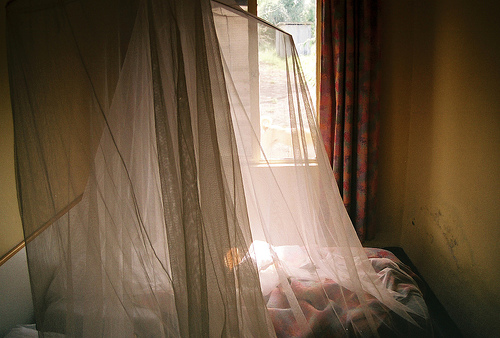
Prevention Of Malaria
As complicated, expensive, and large ineffective as malaria treatment is, malaria prevention is a much better idea. When you travel through parts of the world where malaria is a problem, try avoid going outdoors when mosquitoes are especially active, at sunup and sundown. Wear long sleeves, and use an insect repellent that contains DEET. Rinse off DEET when you are indoors, in a location where mosquito bites are not likely. Sleep under a mosquito net if your hotel or hostel does not have windows with screens. Avoid wearing perfumes and colognes; mosquitoes like them, too. Consider wearing insect-resistant clothing. And see your doctor about drugs you can take to prevent malaria infection even if you are bitten. These drugs usually have to be started 8 to 12 weeks before your trip.
- Important notification about information and brand names used in this slideshow!
- Photo courtesy of Matt Handy by Flickr : www.flickr.com/photos/thefinessimo/2164822357/
- Centers for Disease Control and Prevention. Atlanta, GA: DHHS. 2009. Malaria and Travelers. Available at http://www.cdc.gov/malaria/travelers/index.html. Accessed 21 August 2013.
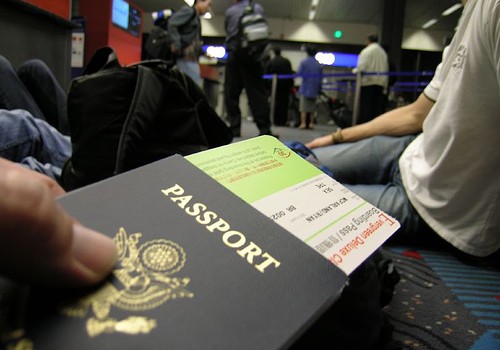
Before And After Your Trip
When you are visiting exotic locations in the tropics, don't forget malaria prevention. You will need to see your doctor for a prescription for the drugs you need for malaria prevention at least 90 days before your departure; your local pharmacy may need a few days to get the required drugs. Don't count on being able to obtain permethrin-treated mosquito netting for your bed or tent when you arrive at your tropical destination. You may need to buy these from a sporting goods or recreational goods center several weeks ahead of time.Take the full dose of all required medications. And when you get back, see your doctor immediately should you develop chills and fever.
- Important notification about information and brand names used in this slideshow!
- Photo courtesy of Ryan McFarland by Flickr : www.flickr.com/photos/zieak/2050584451/
- Centers for Disease Control and Prevention. Atlanta, GA: DHHS. 2009. Malaria and Travelers. Available at http://www.cdc.gov/malaria/travelers/index.html.


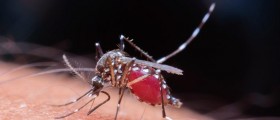
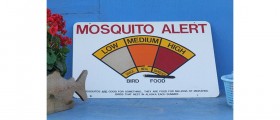
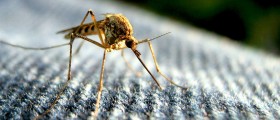

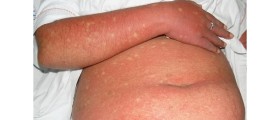

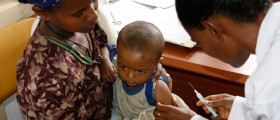
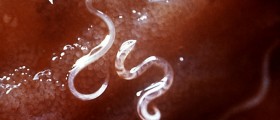


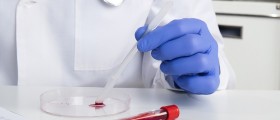
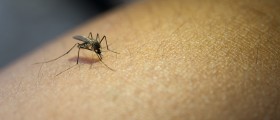

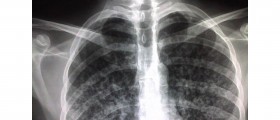

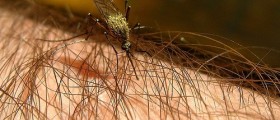
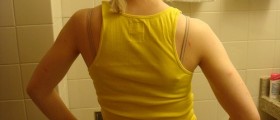
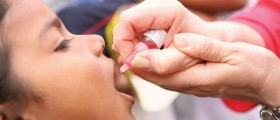
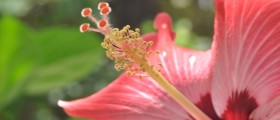
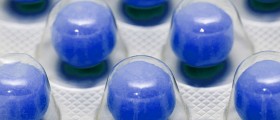
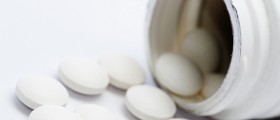
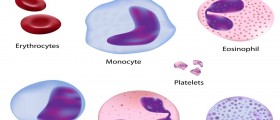
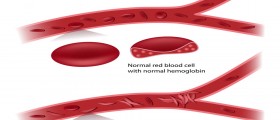
Your thoughts on this
Loading...